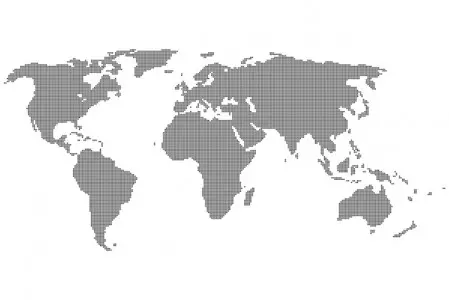Share on Social Media:
The Top 5 U.S. States with the Most Well Being (Human Development Index)
| State | HDI Score | Median Household Income | |
|---|---|---|---|
| 1 | Connecticut | 6.37 | $68,595 (3rd) |
| 2 | Massachusetts | 6.27 | $65,401 (6th) |
| 3 | New Jersey | 6.14 | $70,378 (2nd) |
| 4 | District of Columbia | 6.14 | $57,936 (12th) |
| 5 | Maryland | 5.99 | $70,545 (1st) |
 Special Report
Special Report
- The U.S. will spend $230 million on health care in the next hour. One in six Americans goes without health insurance (around 47 million people). According to the National Academy of Sciences, lack of health insurance results in lost economic value equal to $178 million to $356 million every day, due to the poorer health and earlier deaths of the uninsured. The U.S. ranks 24th among the 30 most affluent countries in life expectancy - yet spends more on health care than any other nation. A baby born in Washington, D.C. is almost two-and-a-half times more likely to die before age one than a baby born in Vermont. African American babies are more than twice as likely to die before age one than either white or Latino babies. More than half of all personal bankruptcies in the U.S. are related to an inability to pay for illness or injury. One American dies every 90 seconds from obesity-related health problems.
- College graduates in the United States can expect, on average, double the lifetime earnings of high school graduates. Fourteen percent of the population – some 30 million Americans – lacks the literacy skills to perform simple, everyday tasks like understanding newspaper articles and instruction manuals. Twelve percent of Americans lack the literacy skills to fill in a job application or payroll form, read a map or bus schedule, or understand labels on food and drugs. More than one in five Americans – 22 percent of the population – have “below basic†quantitative skills, making it impossible to balance a checkbook, calculate a tip, or figure out from an advertisement the amount of interest on a loan. In 2006, 4.5 million young people ages eighteen to twenty-four were not in school, not working, and had not graduated high school. By age three, the children of affluent mothers have vocabularies twice as large as those of the children of low-income mothers. Among four-year-olds, 40 percent of children from disadvantaged backgrounds were proficient in number and shape recognition, compared to 87 percent of children from privileged families.
- The richest 20 percent of all U.S. households earned more than half of the nation’s total income in 2006. The top 1 percent of U.S. households possesses a full third of America’s wealth. Households in the top 10 percent of the income distribution hold more than 71 percent of the country’s wealth, while those in the lowest 60 percent possess just 4 percent. Nearly one in five American children lives in poverty, with more than one in thirteen living in extreme poverty. The poverty line for a family of four (two adults and two children) is an income of $21,027 before taxes; in 2006, more than 36 million Americans were classified poor by this definition. In every racial/ethnic group, men earn more than their female counterparts. In 1980, the average executive earned forty-two times as much as the average factory worker; today, executives earn some four hundred times what factory workers in their industries earn. The real value of the minimum wage has decreased by 40 percent in the past forty years.
- Over the course of a year, at least 1.35 million children are at some point homeless. More families with children are homeless today than at any time since the Great Depression. A poor child born in Germany, France, Canada, or one of the Nordic countries has a better chance to join the middle class in adulthood than an American child born into similar circumstances.
- The U.S. ranks second among 177 countries in per-capita income but 12th on human development, according to the global Human Development Index, published annually by the United Nations Development Programme. Each of the 11 countries ahead of the U.S. has a lower per-capita income than the U.S., but all perform better on the health and knowledge dimensions. The U.S. infant mortality rate is on par with that of Croatia, Cuba, Estonia, and Poland.
- Sharps, S., Lewis, K., Martins, E. (2009). "The Measure of America: Factoids: American Human Development Report 2008-2009." Retrieved Jan, 2011.
Tags:
People, Top 5 Most, The United States
Sources: American Human Development Project 2008-2009.
List Notes: Data is for the year 2008. The American Human Development Index is a composite measure of three dimensions of human development: longevity, access to knowledge and standard of living and is a modified version of the global HDI.
Sources: American Human Development Project 2008-2009.
List Notes: Data is for the year 2008. The American Human Development Index is a composite measure of three dimensions of human development: longevity, access to knowledge and standard of living and is a modified version of the global HDI.

